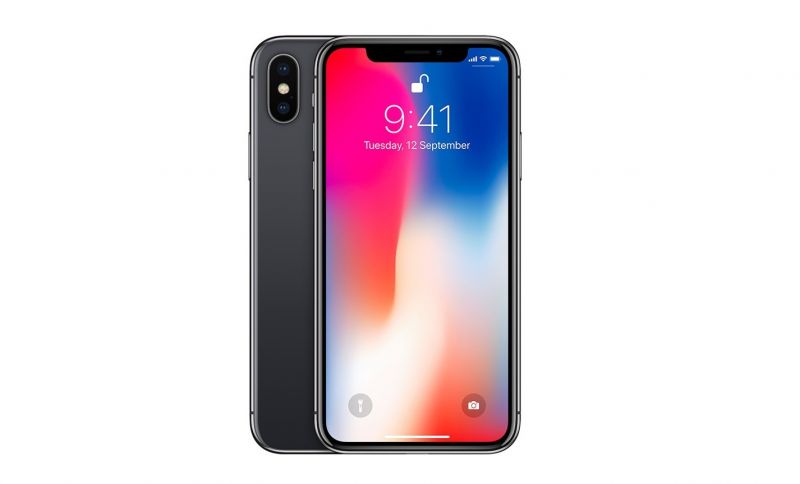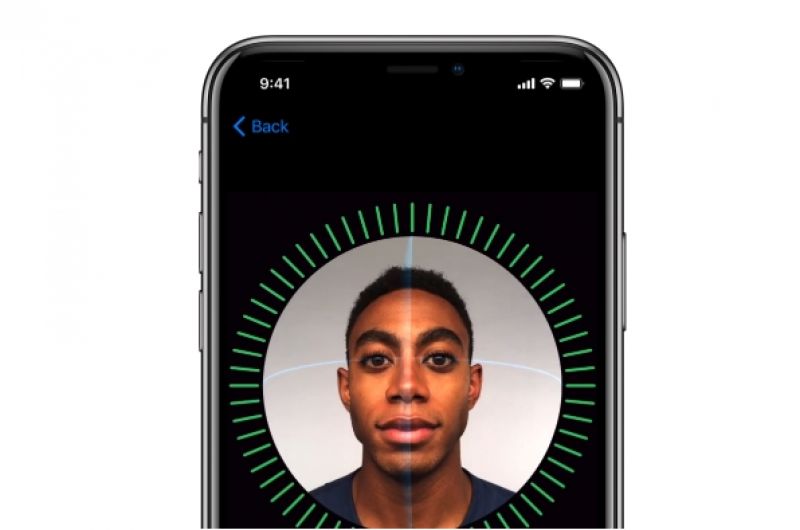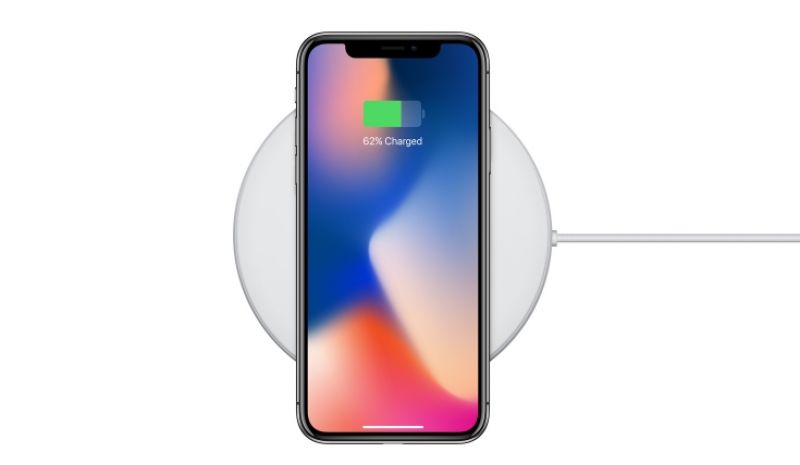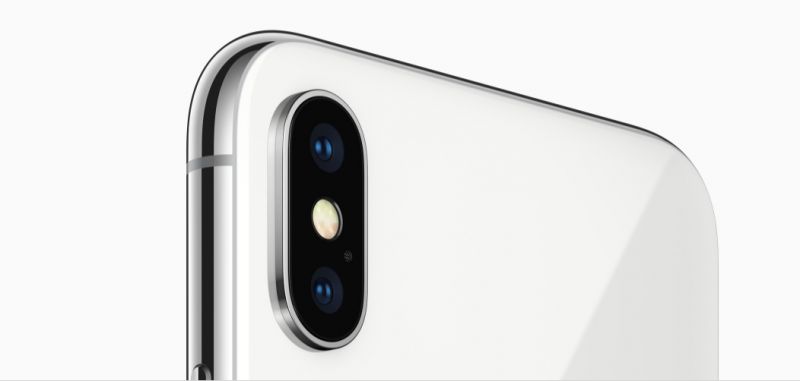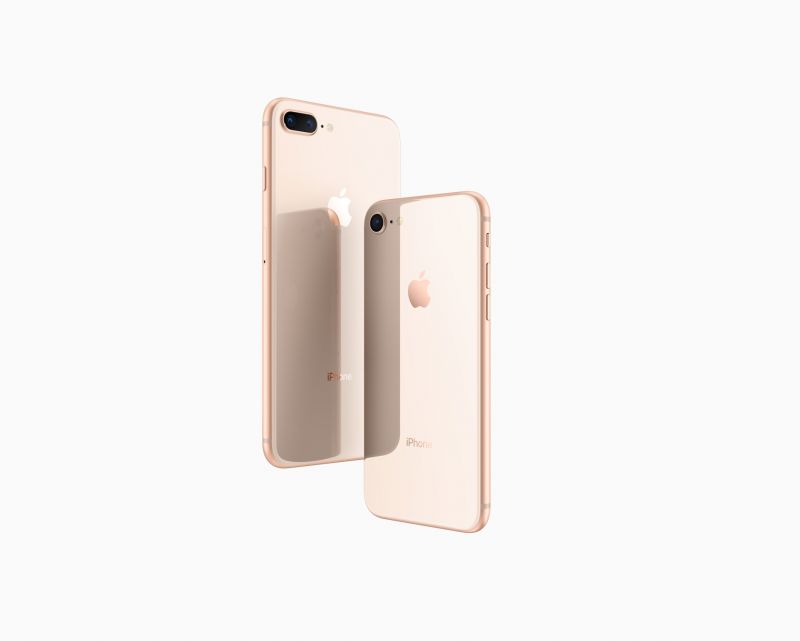iPhone X, iPhone 8, 8 Plus launched: India price, release and more
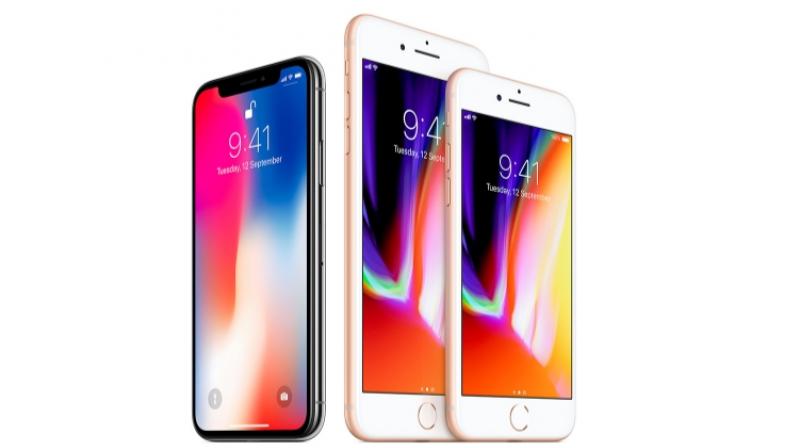
Apple on Sept. 12 unveiled the iPhone X, a radically redesigned smartphone that eliminates the traditional home button for a so-called edge-to-edge display, alongside the iPhone 8 and iPhone 8 Plus models at an event in company's Steve Jobs Theater, located within the brand new Apple Park “spaceship” campus.
The iPhone X, pronounced as iPhone 10, will be available at a starting price of Rs 89,000 in India. It is Apple’s most expensive iPhone ever built. The phone will come in two colours, space grey and silver, and will be available for pre-orders from Oct. 27. It will be shipped to all major markets, including India, on Nov. 3.
“This is the iPhone X. It’s the biggest leap of forward since the original iPhone,” Apple Chief Executive Timothy D. Cook said. It would “set the path for the next decade,” Cook added.
Also read: iPhone 7, 7 Plus, 6s, 6s Plus price cut in India
The iPhone X is the first redesigned Apple smartphone in three years, which integrates a range of notable features, including infrared facial recognition, wireless charging and advanced camera capabilities. That’s the reason why Apple says it is the blueprint for “the future of the smartphones.”
The iPhone X is approximately the same size as the iPhone 7, but because Apple has dropped the home button, the screen occupies the entire front of the phone. The 5.8-inch screen uses the new OLED Super Retina display, producing better image quality than the previously used technology, LCD.
The model does not include the home button, which means there is no Touch ID fingerprint scanner, which was introduced in 2013 with the launch of iPhone 5s. However, the screen is housed with True Depth camera system for the facial recognition system that will allow users to unlock the device and make payments. The True Depth system housed in the screen projects an IR dot map onto the face to map it in order to create a detailed 3D-image of an owner’s face, and as a result, has been claimed to be more secure than the Touch ID sensor by a factor of 20.
Also, since the home button is gone, users will indeed need to learn a few gestures to operate the handset. To go to home, user will need to swipe up from the bottom of the screen. To see other apps, swipe up from the bottom and hold – there you’ll find the multitasking pane. To wake the device, you will only need to tap the screen or lift the iPhone. However, to unlock, as aforementioned, user will need to look at it.
The iPhone X operates on Apple’s latest processor, A11 Bionic with an integrated Neural Engine for face recognition. The processor is an upgrade from last year’s A10 as it comes with not four but six-cores. In Apple testing, A11 was seen performing 70 per cent faster than A10, also extending battery life by additional two hours as what has been witnessed on iPhone 7.
Additionally, Apple has introduced wireless charging in the iPhone X support system. The technology uses a plate within the back of the phone to accept an inductive charge from a pad or a piece of furniture, further reducing the task to charge an iPhone using a power cable and adapter.
At the rear, Apple iPhone X is featuring the familiar dual camera system with 12MP sensors and optical image stabilisation, first introduced on iPhone 7 Plus. But this time, the dual rear camera is oriented vertically rather than horizontally. Additionally, Apple has included a Portrait Mode that allows users to artificially blur the background to create a shallow depth of field, as done using a DSLR camera.
“This is the first iPhone created for AR. The cameras are individually calibrated in the factory which makes a huge difference for AR plus AR benefits from the new A11 Bionic chip,” Apple’s senior vice-president of worldwide marketing, Phil Schiller, said.
Apple has also added Animojis, which are animated 3D animal emojis that use face tracking feature to create personalised expression.
Oh man. Is the world ready for new 3D emoji in iOS 11's iMessage? (via @9to5mac) pic.twitter.com/vBpoeuOFlX
— Cabel Sasser (@cabel) September 9, 2017
Alongside the iPhone X, Apple also announced iPhone 8 and iPhone 8 Plus – upgrades to the iPhone 7 and iPhone 7 Plus model, launched in 2016.
Similar to the premium iPhone X model, the two smartphone will operate on six-core A11 processor, but without the Neural Engine fitted to the iPhone X. The handsets essentially look similar to their predecessor, with exception of glass bodies on the front and back. Apple claims that the glass on the back is the “most durable glass ever in a smartphone”.
On the camera front, Apple has improved camera sensor and included a new motions sensor in the two phones in order to support augmented reality-based apps.
Additionally, the models also support wireless charging like the iPhone X.
The new Apple iPhone 8 and iPhone 8 Plus will come in three colours: space grey, silver and gold, and will be available at a starting price of Rs 64,000 and Rs 73,000 respectively for the 64GB version. Interestingly, Apple will start taking pre-orders for the iPhone 8 line earlier than the iPhone X, reportedly from Sept 15. Globally, the two models are slated to be shipped from Sept. 22, but in India they will hit stores on Sept. 29.

